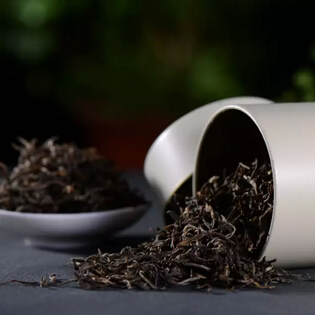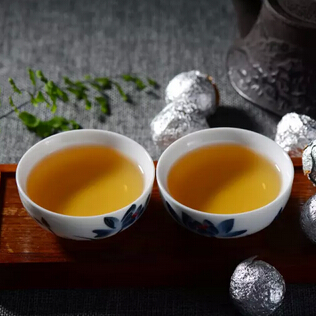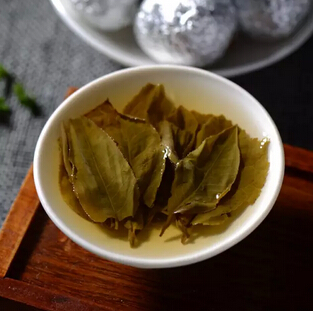
Taste of Pu-erh Tea from Different Schools:
a: Kaoju School (a remnant of Song and Ming textual criticism, evaluating tea quality based on research into tree species, origin, season, processing, and storage). Taste: Generally, good teas share common traits, while bad teas have various flaws.
b: Regional School (Yunnan School, Lancang River Basin School, and Ancient Six Tea Mountains School).
c: Modernist School (Ripe Tea School and Ripe Tea + Aged Raw Tea School). This group believes that tea must undergo artificial post-fermentation to be called Pu-erh tea (ripe tea).
d: Traditionalist School
1. Some believe that only green cakes made from wild tea leaves in primitive forests (preferably in large camphor forests) qualify as Pu-erh tea.
2. Sun-Drying School: Historically, sun-dried tea leaves were boiled directly without steaming or pressing.
e: Wet Storage School (includes various technical storage methods). Taste: Such teas should not be dismissed without tasting.

f: Dry Storage School (the trend is shifting toward naturally stored dry teas, with some lightly wet-stored before dry storage, or using high-temperature and low-humidity methods to accelerate aging).
h: Collector School (self-keeping, investment, and speculation).
i: Brand School (large factory, commemorative tea, and celebrity tea).
j: Independent School (those with unique perspectives who integrate knowledge with practice).
k: Aged Tea School (those who glorify old, aged, and antique teas, which most people cannot taste).
l: Mystical School (tea within tea and the school of flavorless flavor).
The taste of Pu-erh tea varies by region and school. From the above, we can understand that Pu-erh teas from different regions have distinct flavors and forms. Different schools also lead to varying interpretations of taste. The taste of Pu-erh tea is like the taste of life—sour, sweet, bitter, spicy, encompassing all flavors, depending on the taster's mindset.
